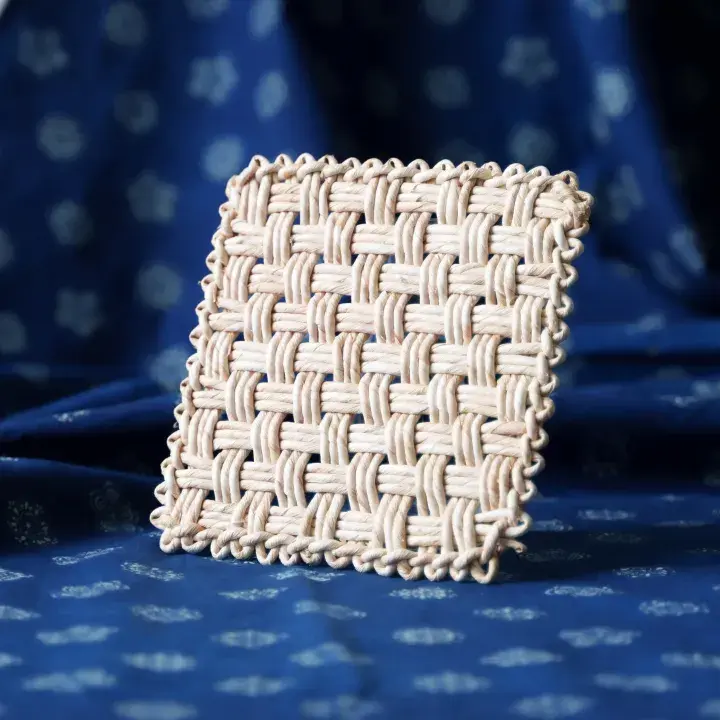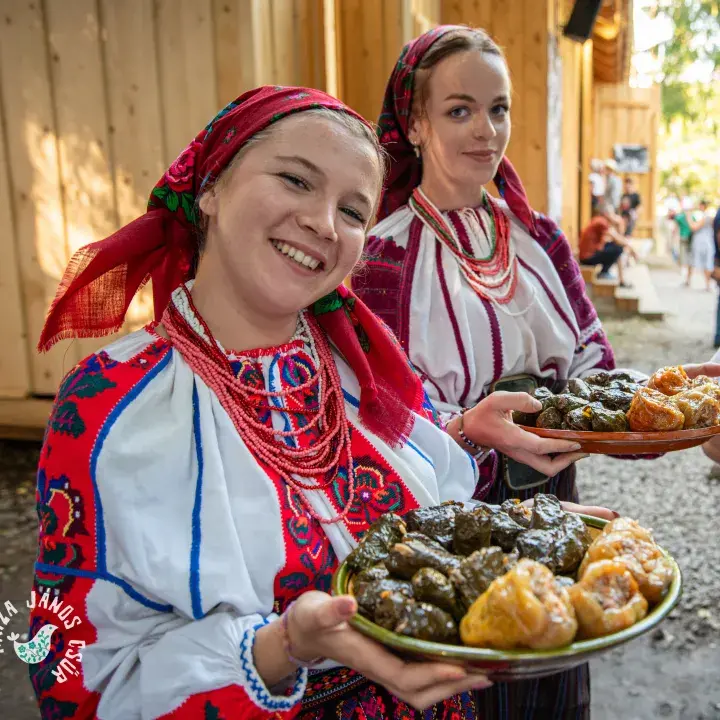At the fairs, gingerbread sellers would sell two types of cakes. The unadorned brown honey sweets made in a wooden mould was meant as a treat, while the mirror heart and swaddled baby covered in colorful icing and decorated with paint were made as gifts. The section showcasing the gingerbread-making tradition contains objects that affect our senses of smell, touch and sight. In our beautiful, old, painted cupboard, you can touch both the richly decorated gingerbread made with wooden moulds and also those adorned with delicate egg white icing patterns. In small bottles, you can smell the spices of the gingerbread ingredients, which you can match with their names. The main ingredient – honey – could be of different sorts. If you identify three, you can find out what other product gingerbread-makers could easily access, use and sell and were thus often found on gingerbread counters. You can also sort these by size. But you will also find a bag here. Although you cannot look into it, you can feel its contents with your hand. You will be able to feel four different shapes of gingerbread, and you'll have to find the Hussar among them. We made this Hussar with one of our artefacts, a wooden mould, which we also hid in the exhibition.



